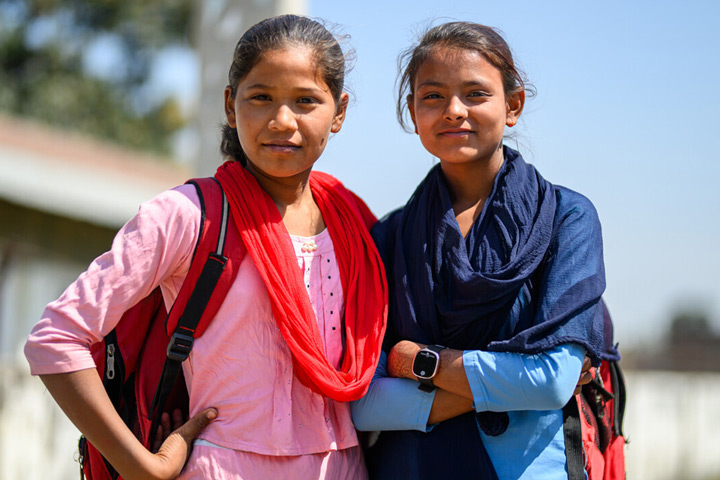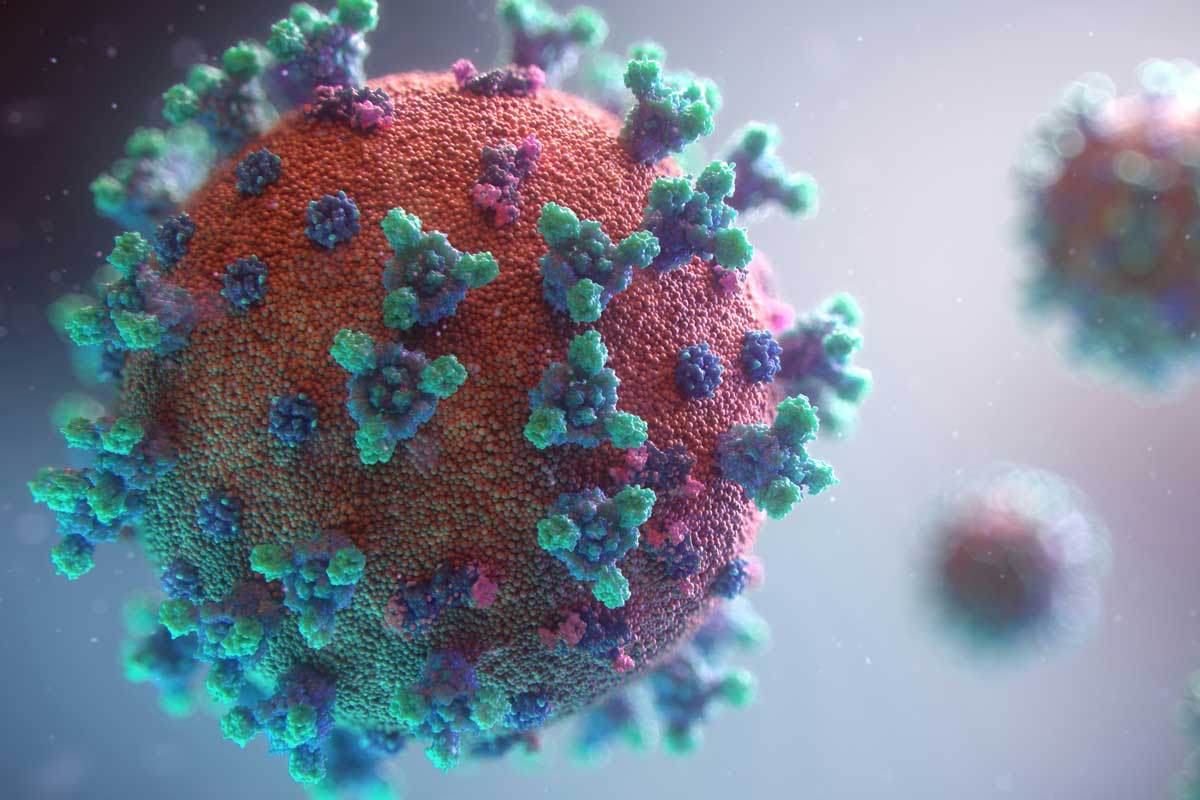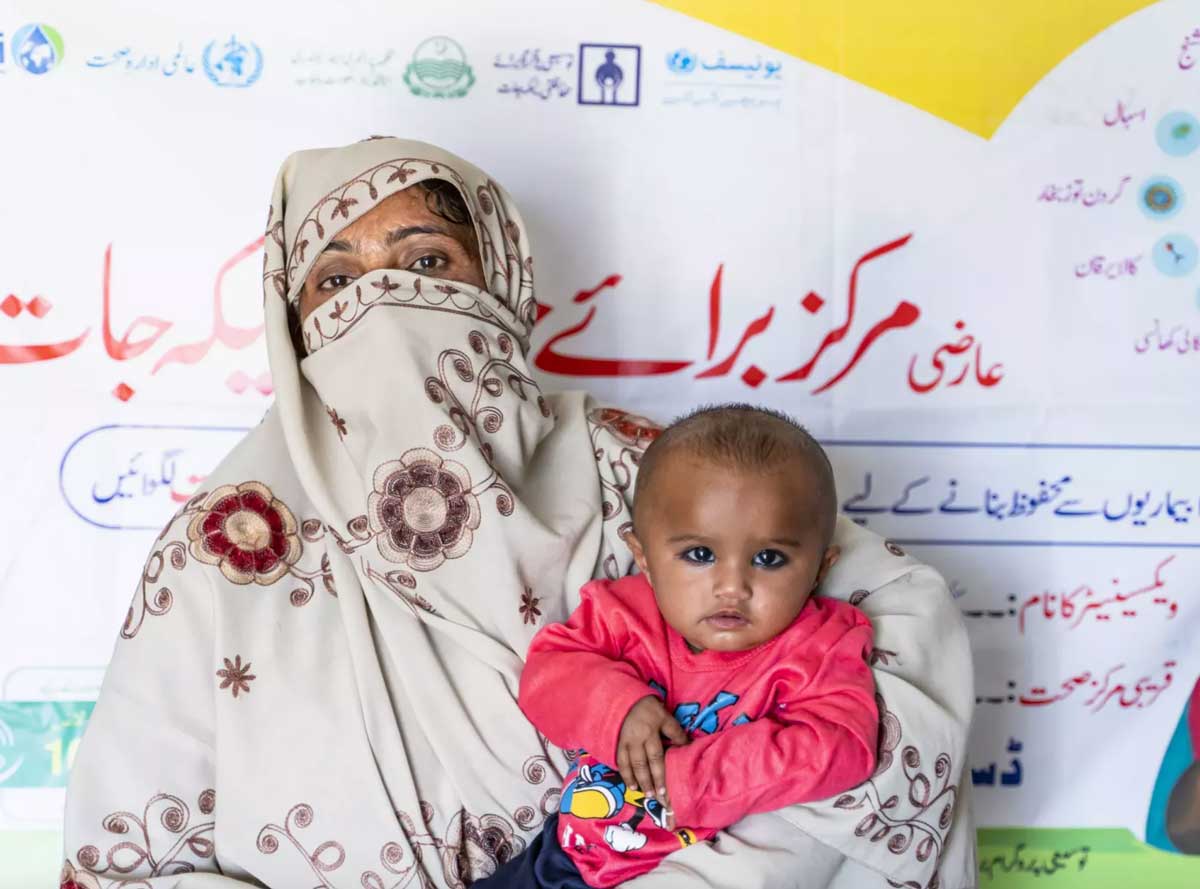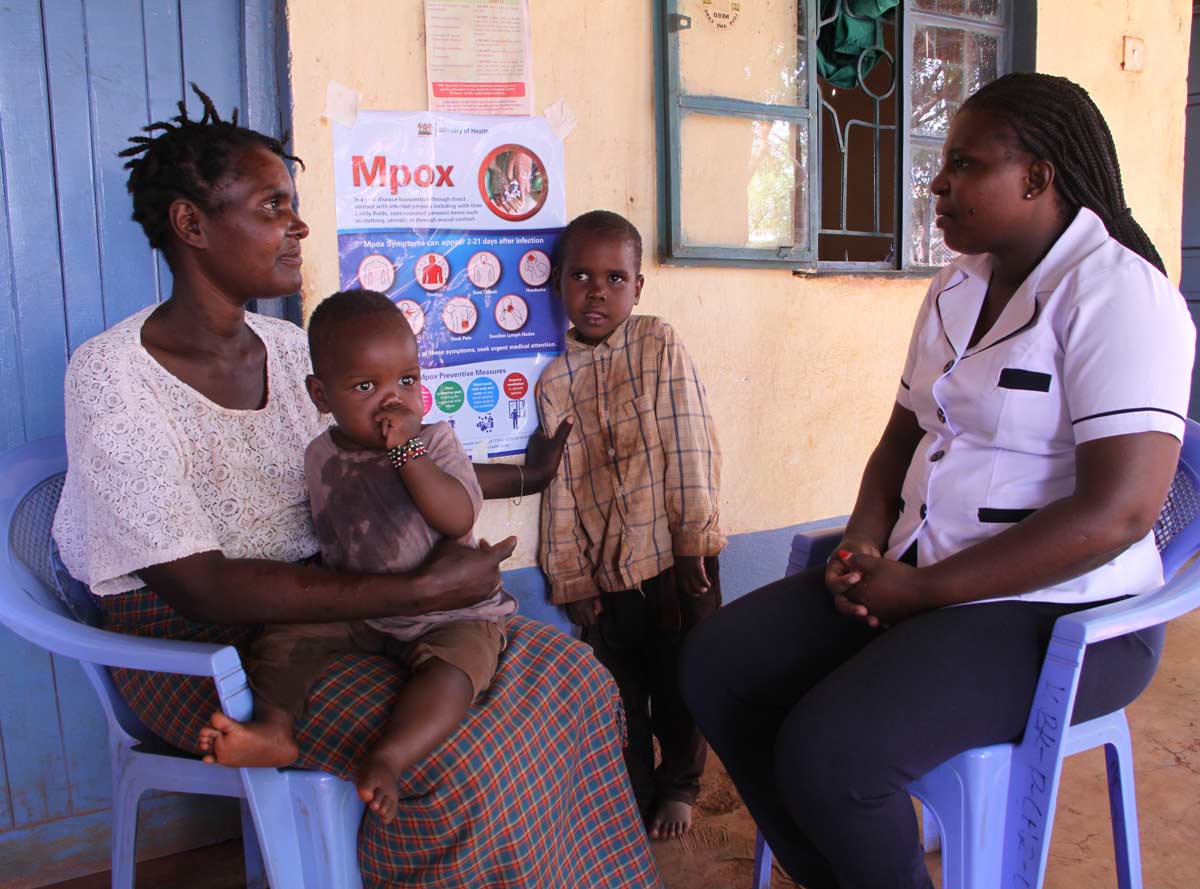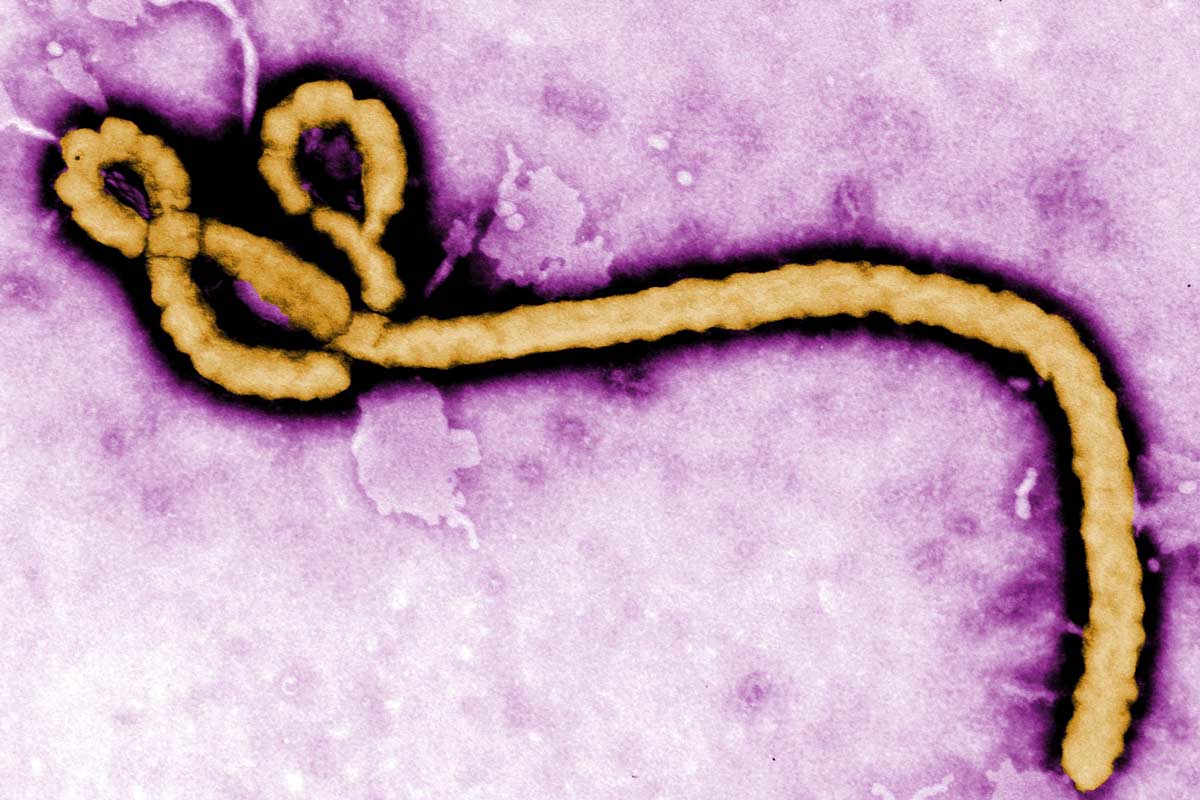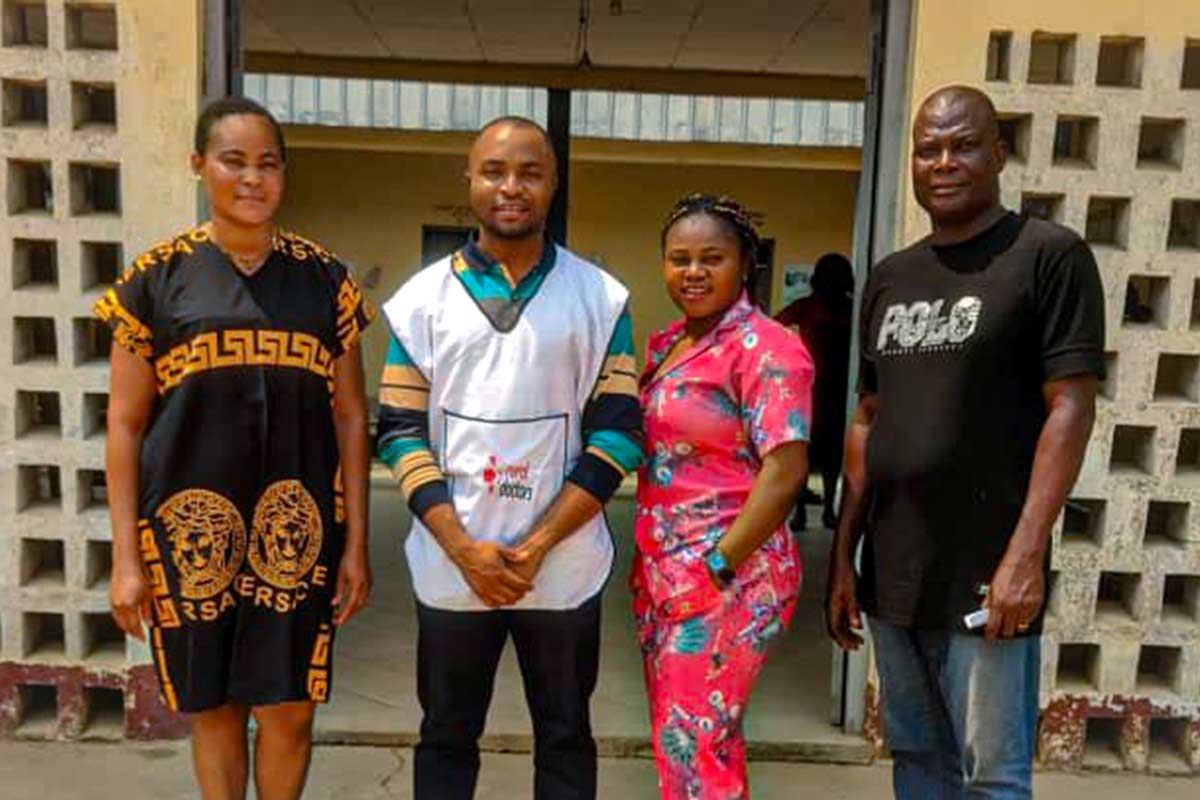China’s Sinopharm COVID-19 vaccine first to carry a smart label to monitor heat-damage
It is the first vaccine developed by a non-Western country to be approved by the WHO, and is welcome at a time of global vaccine shortages.
- 14 May 2021
- 3 min read
- by Priya Joi

Sinopharm’s COVID-19 vaccine is the first of the new vaccines to carry a vaccine vial monitor, or VVM, that tells health workers whether the vaccine has been stored correctly and not exposed to excessive heat, and therefore damaged. The vaccine has just been approved by the World Health Organization (WHO) for emergency use, which means it could also be included among those used by the COVAX Facility, which ensures equitable access to vaccines worldwide.
The smart label, produced by Zebra Technologies and manufactured by Temptime Corporation, consists of a circle with a lighter-coloured square in the middle that is made of colourless chemical that irreversibly develops colour over time. This becomes darker to give a visual indication of cumulative heat exposure. Once a vial has been exposed to heat for a period beyond their optimal storage range, the colour of the square becomes darker than the circle, indicating that the vaccine should no longer be used.
By monitoring cumulative heat exposure of the vial over time, VVMs don’t just indicate how a vial was stored at one site, but provide reassurance that it has been kept at the right temperature throughout its journey from the manufacturer, such as during transport when it might be difficult to maintain the cold chain.
With one look, health workers and vaccinators can tell if a vial has been left out too long or has spoiled during the journey, and can then discard it if so. There are different VVMs depending on the heat stability of the vaccine as well as how long they remain stable when exposed to higher temperatures.
Have you read?
By monitoring cumulative heat exposure of the vial over time, VVMs don’t just indicate how a vial was stored at one site, but provide reassurance that it has been kept at the right temperature throughout its journey from the manufacturer, such as during transport when it might be difficult to maintain the cold chain. This is vital for quality control to ensure that people are not unknowingly being given heat-damaged vaccines that could be ineffective.
Equally it is a useful way to know when not to discard vaccines out of caution. In 2006, an earthquake in Yogyakarta, Indonesia, meant that there was a power outage for several days, leaving vaccines unrefrigerated. Despite the heat, the VVMs showed most of the vaccines were still viable, which prevented thousands of them being discarded unnecessarily.
VVMs can also register a sudden burst of high heat which means it is a useful way of testing for counterfeit vaccines. A batch could be tested by putting one vial in boiling water – only VVMs produced by the manufacturer has the ability to change colour over a specific time, which proves the vial is authentic.

